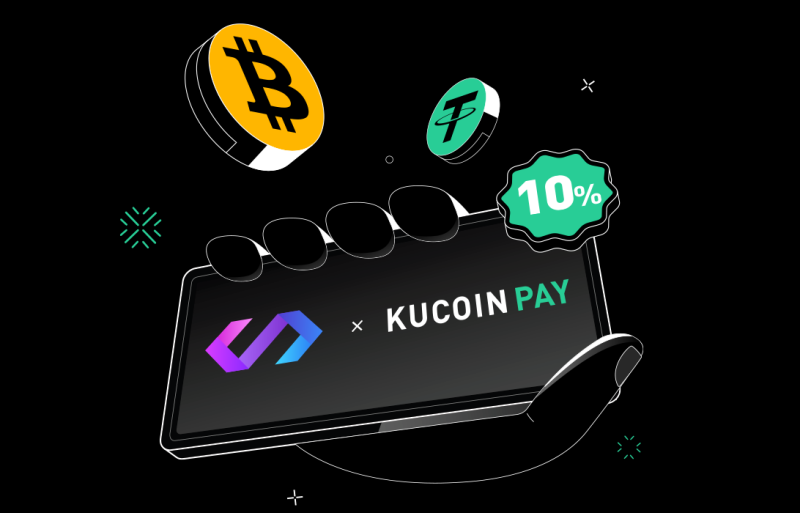Expanding Crypto Payments in Brazil
KuCoin Pay, the payment arm of the global crypto exchange KuCoin, announced on November 21, 2025, that it has integrated with Brazil’s Pix network. The update gives Brazilian users a new way to convert more than 50 cryptocurrencies into Brazilian reais and pay any Pix-enabled merchant through a simple QR code. This development strengthens crypto adoption in a country where digital payments and crypto usage continue to grow rapidly.
Pix is operated by the Central Bank of Brazil and has become one of the nation’s most widely used payment systems. The network supports instant and low-cost transfers, which makes it a natural fit for everyday spending. By joining this system, KuCoin Pay allows users to swap crypto to reais inside the platform and pay merchants without dealing with external exchanges or delays.
How the Integration Works
KuCoin Pay aims to simplify real-world crypto spending by linking digital assets to a familiar payment rail. Users can hold crypto, convert it instantly, and make purchases in seconds.
Key features include:
- Real-time crypto to BRL conversion
- Support for popular assets such as KCS, USDT, USDC, and BTC
- QR code payments accepted across Pix-enabled merchants
- Compatibility with Brazil’s KYC and local banking rules
Brazil remains one of the largest crypto markets in Latin America. Estimates suggest that roughly 12 percent of the population uses crypto, while Pix has more than 175 million registered users. This combination positions KuCoin Pay to serve a large audience that already trusts both crypto platforms and digital payments.
The integration offers a potential shift in behavior. Instead of holding crypto solely for investment, users can now spend it in everyday transactions. Merchants benefit because they receive payments in reais, which removes volatility risk and reduces operational friction.
However, Brazil’s regulatory landscape is still evolving. Policymakers continue to refine rules around stablecoins, taxation, and exchange oversight. Adoption rates will depend on how users respond to the new payment option and how regulators shape the final framework.
